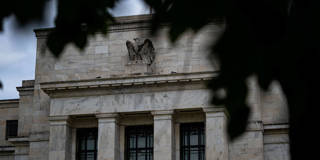Mainstream Economics’ Medieval Inflation Medicine
Considering that the US inflation rate peaked in June 2022, there is no evidence that monetary policy had any significant effect on the direction taken by prices. Yet, like premodern physicians committed to the ancient humoral theory of disease, mainstream economists today have shown that they lack the tools to cure the patient.

AUSTIN – When assessments of the quasi-inflation of 2021-22 appeared in major US media outlets this month, the prognosis was good: the fever has receded and may already be gone. The latest reports on personal consumption expenditures were jubilant. If trends continue, “such a success would be likely to shape [US Federal Reserve Chair Jerome Powell’s] legacy,” noted Jeanna Smialek of The New York Times.